Another inexpensive voltmeter, now with clock and temperature probe!
This is the original thread:
Inexpensive voltmeter, monitor voltage while riding
I've had my eye on these newer Volt/Time/Temp displays for quite awhile now, and finally decided to get some to see how well they work. They run as low as $12 on eBay.
There's a large version that displays Voltage, Time, and Temperature in degrees Fahrenheit, with a remote probe.
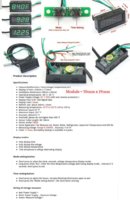
There's also a smaller version, about half that size, identical features, but the temperature display is in degrees Celsius.

This is the original thread:
Inexpensive voltmeter, monitor voltage while riding
I've had my eye on these newer Volt/Time/Temp displays for quite awhile now, and finally decided to get some to see how well they work. They run as low as $12 on eBay.
There's a large version that displays Voltage, Time, and Temperature in degrees Fahrenheit, with a remote probe.

There's also a smaller version, about half that size, identical features, but the temperature display is in degrees Celsius.


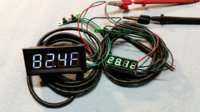
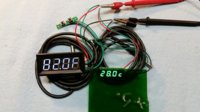
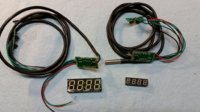
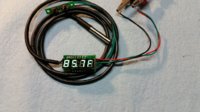
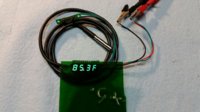
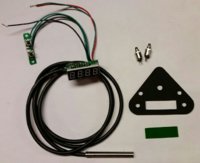

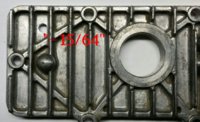
 shoot your explanation to bits
shoot your explanation to bits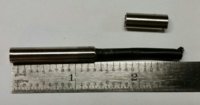
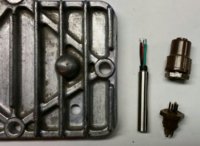
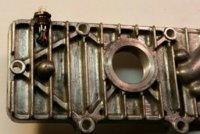
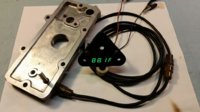
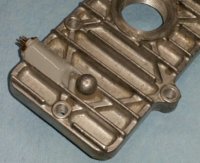
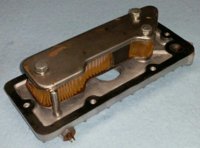


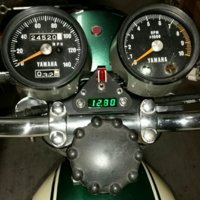
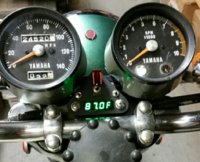
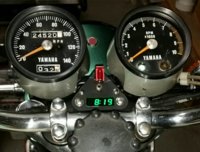
 Color goes well with the XS1.
Color goes well with the XS1.
